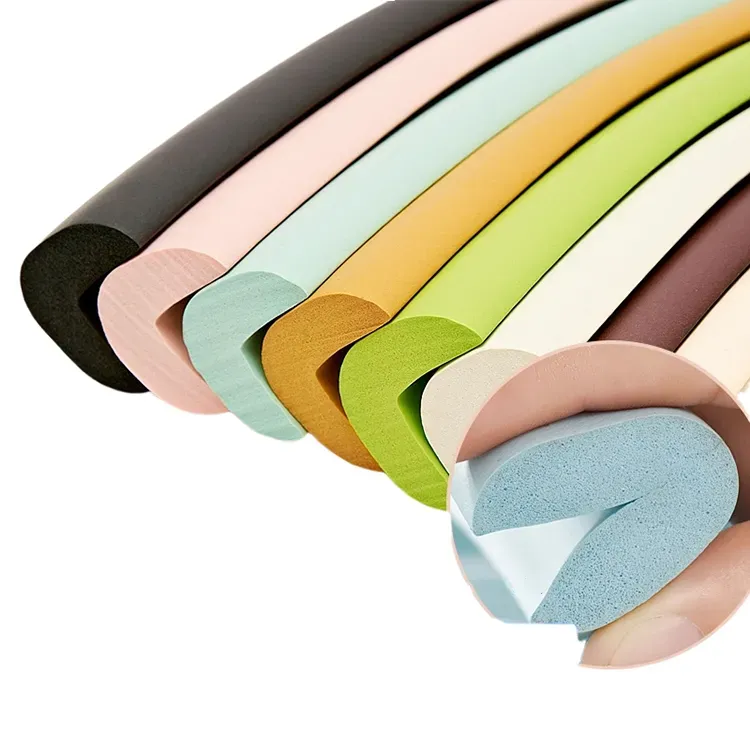Improving the Sealing Performance of Stoves and Ovens for Enhanced Efficiency
Understanding Stove and Oven Seals Importance, Types, and Maintenance
When it comes to ensuring a safe and efficient kitchen environment, one often overlooks the importance of stove and oven seals. These essential components play a critical role in maintaining temperature control, energy efficiency, and overall safety in cooking appliances. In this article, we will delve into the importance of stove and oven seals, the types available, and tips for their maintenance.
Importance of Stove and Oven Seals
Stove and oven seals serve multiple purposes that directly impact cooking efficiency and safety. First and foremost, these seals help maintain a consistent temperature inside the oven or stovetop. A proper seal prevents hot air from escaping, ensuring that your dishes cook evenly and as intended. Without an adequate seal, you may find that your food doesn't cook properly, requiring longer cooking times and increasing energy consumption.
Secondly, seals play a vital role in safety. Poorly sealed doors can lead to the risk of gas leaks in gas ovens, which can result in hazardous situations if not addressed immediately. Additionally, a faulty seal can lead to heat escaping from the oven, which may cause burns or accidents in the kitchen and compromise the appliance’s performance.
Lastly, maintaining proper seals helps improve the energy efficiency of your cooking appliances. A well-sealed oven uses less energy as it does not have to work harder to maintain its internal temperature. This not only saves on energy bills but also contributes to a more sustainable kitchen practice.
Types of Stove and Oven Seals
Stove and oven seals can vary significantly depending on the type of appliance and the manufacturer
. Here are some common types1. Rubber Seals These are the most common seals found in many ovens. Made from durable rubber, they provide a flexible barrier that is resistant to heat and can withstand repeated use. Rubber seals are typically easy to replace if they become worn or damaged.
2. Silicone Seals Silicone is another popular material for stove and oven seals. It can endure higher temperatures than rubber, making it suitable for high-performance ovens. Silicone seals also tend to be more resistant to wear and tear, offering a longer lifespan.
stoves oven seal

3. Magnetic Seals Found primarily in some model refrigerators and certain oven doors, magnetic seals create a tighter closure that can improve energy efficiency. These seals utilize magnets to hold the door in place, reducing the possibility of air leaks.
4. Fiberglass Seals Used in high-temperature applications, such as professional-grade ovens, fiberglass seals are designed to withstand extreme heat while maintaining their integrity over time.
Maintenance Tips
Maintaining the seals of your stove and oven is crucial for optimal performance. Here are some practical maintenance tips
- Regular Inspection Routinely check the seals for any signs of damage such as cracks, tears, or discoloration. Even minor wear can lead to inefficient heating.
- Cleaning Keep the seals clean by wiping them down with a mild detergent and water. Avoid harsh chemicals that can degrade the material. Ensure the area around the seals is free from food particles that could prevent a proper seal.
- Replacement If you notice that your seals are worn out or damaged, replace them promptly. Most manufacturers provide replacement seals that are easy to install—this will help maintain efficiency and safety.
- Professional Servicing For persistent issues or complex problems, consider contacting a professional technician who specializes in appliance repairs. They can evaluate the seals and other components to ensure everything is functioning correctly.
Conclusion
Stove and oven seals may not be the first thing that comes to mind when setting up your kitchen, but they are crucial for safe and efficient cooking. Understanding their importance, the types available, and how to maintain them can help you enjoy a better cooking experience while ensuring the longevity of your appliances. By paying attention to these often-overlooked components, you can enhance both your cooking efficiency and safety at home.
-
Under Door Draught Stopper: Essential ProtectionNewsJul.31,2025
-
Garage Door Seal and Weatherstrips for ProtectionNewsJul.31,2025
-
Edge Banding Tape for Perfect EdgesNewsJul.31,2025
-
Table Corner Guards and Wall Corner ProtectorsNewsJul.31,2025
-
Stair Nose Edging Trim and Tile Stair SolutionsNewsJul.31,2025
-
Truck Bed Rubber Mats for Pickup BedsNewsJul.31,2025
-
Window Weather Stripping for Noise ReductionNewsJul.29,2025